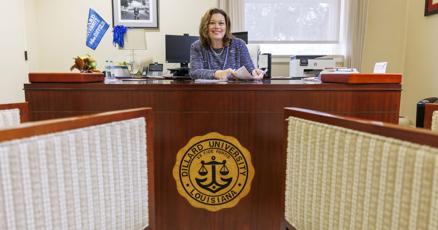To help achieve this, the administration is committed to increased federal funding and leveraging support of the private sector, philanthropies and alumni to support HBCUs, John Silvanus Wilson, director of the White House HBCU Initiative, told a gathering of leaders from that community in Washington this morning,
To highlight the specific benchmarks for colleges, Wilson unveiled a new feature on the U.S. Department of Education website that went live today. From a U.S. map featuring every HBCU here, users can click on an individual campus to link to its website and to see the current number of degrees produced, the total degrees needed by 2020 to meet the President’s goal and how that breaks down by year.
For instance, the four HBCUs in Maryland, (Bowie State University, Coppin State College, Morgan State University, and University of Maryland-Eastern Shore) generate 2,222 undergraduate degrees annually. They need to add another 16,522 degrees by 2020, or 300 degrees each year, cumulatively to help reach the goal.
“This is going to be no easy task,” said Wilson. “And our work just got harder.” Recent reports from Organization for Economic Development and Cooperation show the United States ranks 16th, down from 9th in terms of the most educated population. The country has not led the international ranking since 1995. South Korea is the current leader.
Read Full Article at Education Week



